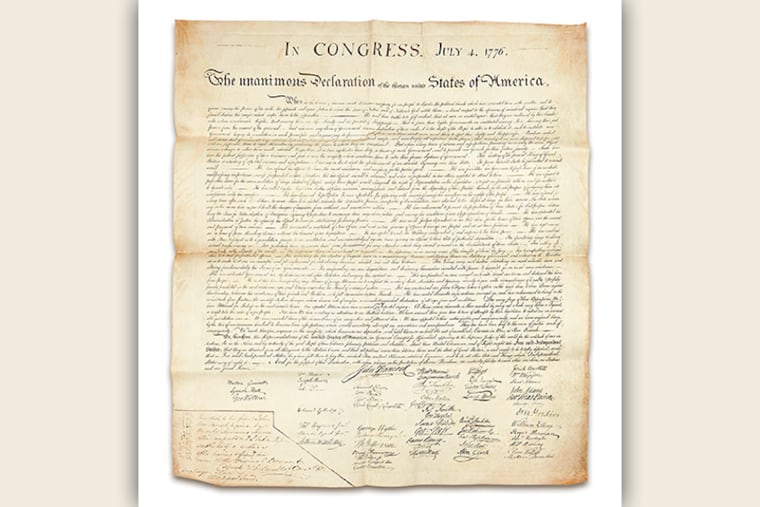A rare copy of the Declaration of Independence just sold for $4.4 million
The copy was presented to signer Charles Carroll in 1824 and had disappeared from public view. It will go on display in Philly Sunday at the Second Bank on Chestnut Street for the holiday weekend.
